Cat Peeing & Pooping on Your Clothes in the Closet
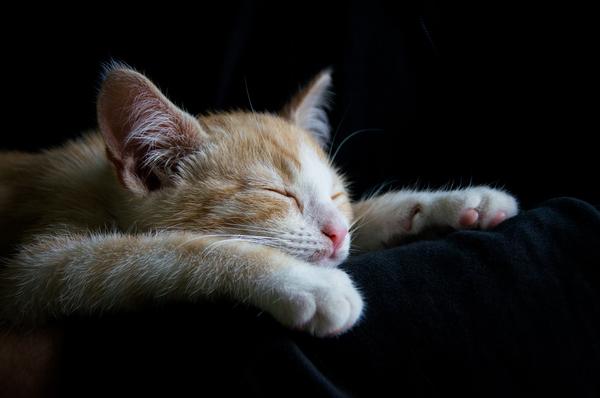
Tired of finding feline surprises in your closet?
Fed up with the never-ending battle to maintain cleanliness?
Let's face it, we all want our homes to be pristine havens, free from unwanted odors and unsightly messes. 😅
So, if you're desperate for solutions, buckle up and let's conquer this cat conundrum together.
Solutions for Cat Peeing and Pooping in the Closet
If your cat is peeing and pooping in the closet, I've got 7 solutions that actually work:
- Put a separate litter box outside the closet so they have no excuse.
- Keep that litter box squeaky clean and stink-free because cats are picky creatures.
- Use special stuff to deter them from even thinking about going in the closet.
- Make that closet as uninviting as possible by blocking it off somehow.
- Give your feline friend other hiding spots or cozy areas they'll love.
- Cut them some slack while they get used to their new surroundings.
- Stay cool, be understanding, and don't lose patience during this transition.
And hey, here are a few extra tips to make things easier for you:
- Introduce the new litter box gradually, don't just shove it in their face.
- When your furball does go where they're supposed to, give 'em a treat or show them some love.
- Get a vet to check if there are any hidden health issues causing this behavior.
- Make sure they can easily find food, water, and toys too.
Being calm and supportive is key to fixing this problem.
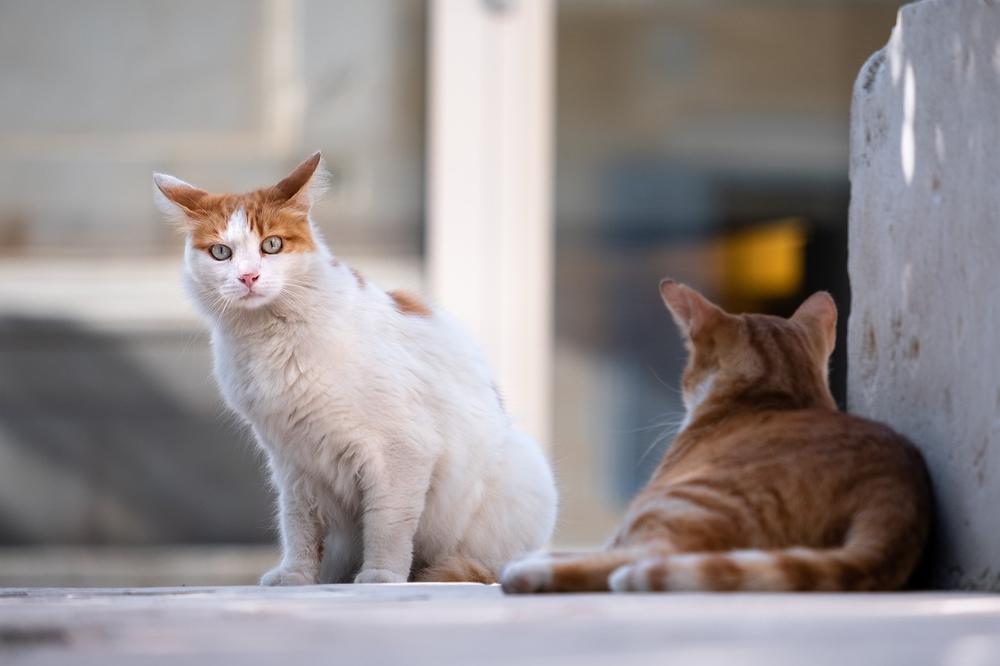
You got this! 😺
Main points I'll expand upon further down this article:
- Address medical issues to determine if it is a behavioral or medical problem.
- Various medical conditions can contribute to inappropriate elimination behavior.
- Stressors like introducing new pets or changes in routine may cause the behavior.
- Single accidents may not be concerning, but multiple days require veterinary attention.
- Urgently seek veterinary care for a possible urinary tract infection.
- Health assessment is necessary before assuming it is solely behavioral.
- Vaccinations and spaying are important for overall health.
But here's the real secret to solving this problem once and for all...
Understanding the Relationship Between Health and Elimination
Understanding how health and elimination are related is super important when dealing with cats who have trouble peeing or pooping in the right place.
Here's what you need to know:
- Always make sure your cat can get to fresh water easily to stay healthy and avoid urinary problems.
- Don't just assume it's a behavioral issue causing the inappropriate elimination; look into any medical issues that could be causing it too.
- Adjusting their surroundings or giving them certain medications can cause FIE, but they might also have other conditions like diabetes, kidney problems, an overactive thyroid, high blood pressure, arthritis, or dementia that play a part in the problem.
- If your cat used to be fine with using the litter box but suddenly starts going in the closet, think about any recent changes like getting new pets or changing routines that might have stressed them out.
- It's not a big deal if your cat has one accident, but if they consistently stay away from the litter box for several days, you need to take them to the vet.
- A urinary tract infection can be really dangerous if left untreated, so getting veterinary care is vital.
- Remember to make sure there aren't any health issues before assuming it's all just a behavior problem with the cat.
- Keep your cat's vaccinations up to date and get them spayed or neutered to help keep them healthy overall.
- Older cats might not give as clear signals about needing to eliminate, so watch closely for any changes in behavior.
- Other things like diarrhea, constipation, or arthritis can also affect how they use the litter box, so keep those things in mind when trying to solve the problem.
To tackle the issue of the cat not liking the litter box, try getting a new one and schedule a vet visit.
Also, use special cleaners to get rid of any smells in the closet that might attract the cat, and for a while, keep the closet or bedroom door closed so they can't go there.
Blocking off areas where changes happen in your home can stop cats from avoiding the litter box.
So, as you've learned in this section, understanding the relationship between health and elimination is crucial when it comes to dealing with cats who have trouble using the litter box.
If you're currently experiencing the frustration of finding your furry friend peeing in the sink, I have just the solution for you.
I highly recommend checking out my blog post Cat Peeing in the Sink.
It's a comprehensive guide that provides valuable insights and practical tips to help you solve this issue and restore harmony in your home.
Choosing the Right Litter Box
Use a big, high-sided litter box for your cat, in a quiet spot far from food and drink bowls. Create an open space where your feline friend can do their business comfortably. To make your kitty comfortable, go for uncovered, roomy litter boxes. And stay clear of scented litter to avoid those fake smells that could offend delicate noses.
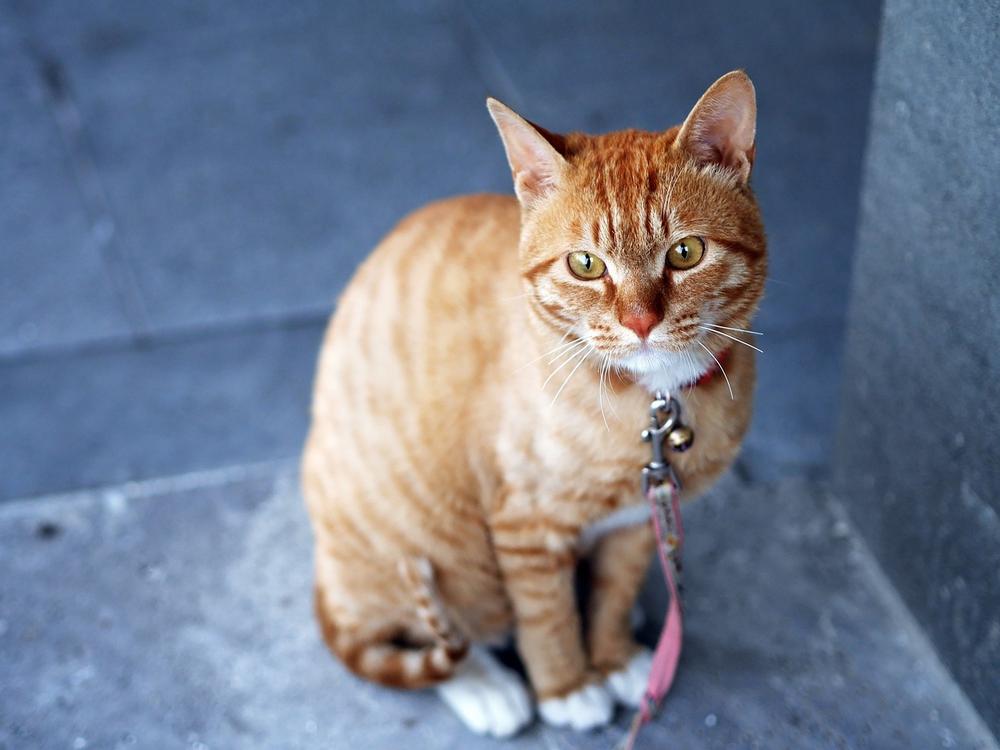
But here's the key: mimic your cat's preferred pooping surface in the litter box.
Go with tiles, paper, or even carpet options if you want them feeling at ease.
Keeping the Litter Box Clean
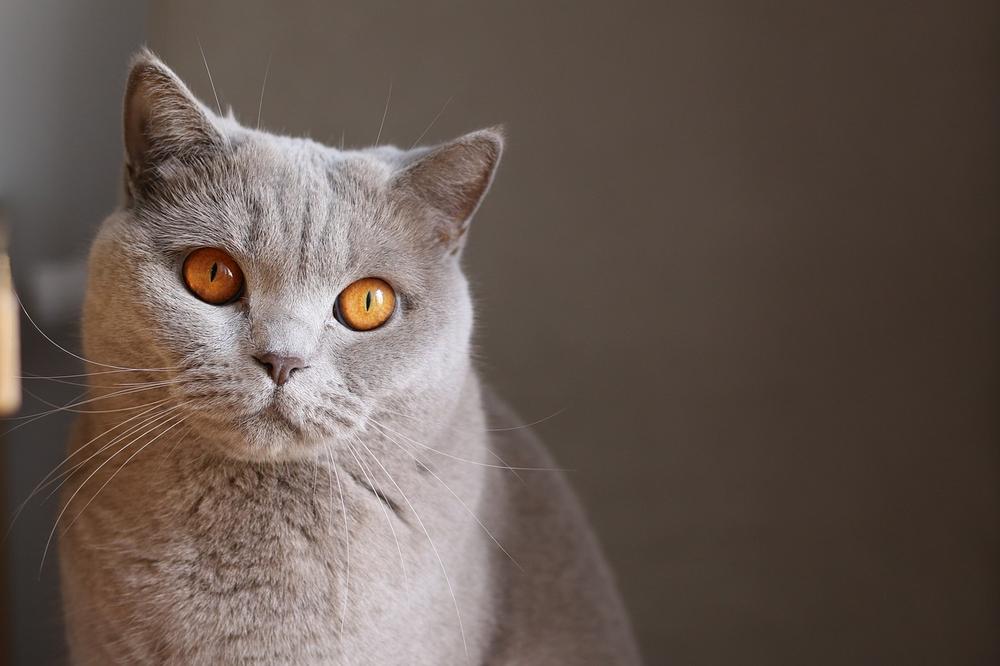
Here's how you keep your litter box clean and fresh, so both you and your cat can be happy:
- You gotta scoop that litter box every day, my friend.
- When it's cleaning time, grab some gentle dish detergent.
- Protect yourself by wearing gear when handling the dirty stuff.
- Stick to unscented litter for a better experience.
- Promptly deal with any accidents your cat has on the floor.
- For stubborn stains and pesky smells, use enzymatic cleaners.
- And if things get really messy, go all out and deep clean that whole area.
- Remember, cats should never poop outside their litter box, so help them follow the rules.
- Watch out for clothes absorbing unpleasant odors – yuck!
- If you're expecting a little one, stay away from the litter duties for now.
- Don't settle for just any litter. Try different types until you find the perfect fit. 🐾
By adhering to these instructions, you'll guarantee your cat has a completely clean area for their needs and prevent any potential health hazards for you.
Ensuring Ample Accessible Spaces for Elimination
To ensure your cats have convenient options for elimination, follow these 7 simple steps:
- Place each litter box in a separate location.
- Have multiple litter boxes available.
- Provide each cat with their own litter box.
- Have an extra litter box for emergencies.
- Place litter boxes on every floor of your house.
- Have one more litter box than the total number of cats you own.
- Choose quiet and private areas away from food and water bowls.
If you follow these guidelines, you'll create a stress-free environment for your feline friends, ensuring they have ample accessible spaces for elimination.
Oh, and don't you forget, a happy cat makes for a happy home.
Enhancing Litter Box Appeal and Deterring Undesired Elimination Behavior
Now that we've covered the basics of litter box solutions, cleaning tips, and making sure your cat has accessible spaces for elimination, let's explore some more ideas to make your cat's litter box experience even better.
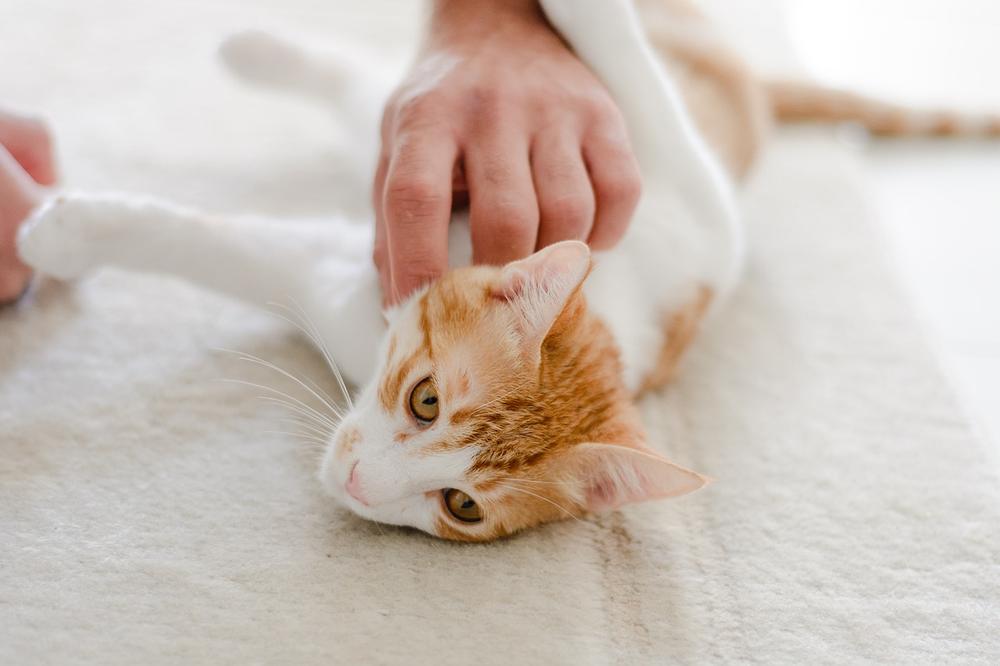
Here are a few things you can try:
- Sprinkle some catnip or use pheromone sprays near the litter boxes to make them more appealing for your furry friend. Cats love these scents and it will attract them to the right place.
- To get rid of those lingering cat odors, sprinkle some baking soda on the affected areas and let it sit before you vacuum or wipe it away. It works like magic in neutralizing those unpleasant smells.
- Cats detest the strong smell of vinegar, so take advantage of this by using vinegar as a deterrent spray in areas where you don't want your cat to eliminate. It'll keep them away from those spots.
- In cold weather or when there's snow outside, cats might be hesitant to go out. Consider providing an indoor litter box alternative during these times to avoid any accidents. It'll give them a comfortable and convenient option.
- If there are specific areas you want to keep your cat away from, like plants or certain pieces of furniture, try using aluminum foil as a deterrent. Most cats don't like the texture and will stay away from it.
- Keep trying different types of litter and experiment with different locations for the litter box until you find what works best for your cat. Remember, every cat is unique, so what works for one might not work for another. Don't be afraid to switch things up.
I hope these extra tips help you create a positive and cozy environment for both you and your furry companion!
And that wraps up today's article.
If you wish to read more of my useful articles, I recommend you check out some of these: My Cat Keeps Pooping on the Floor in the Same Spot, How to Stop a Cat in Heat From Meowing, Cat Digging in the Litter Box, Cat Humping While Kneading, and Cat Not Using Litter Box After Giving Birth
Talk soon,
-Sarah Davis